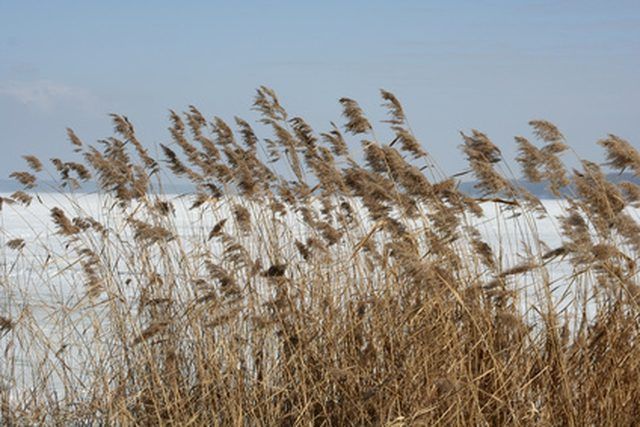Bulbs
Flower Basics
Flower Beds & Specialty Gardens
Flower Garden
Garden Furniture
Garden Gnomes
Garden Seeds
Garden Sheds
Garden Statues
Garden Tools & Supplies
Gardening Basics
Green & Organic
Groundcovers & Vines
Growing Annuals
Growing Basil
Growing Beans
Growing Berries
Growing Blueberries
Growing Cactus
Growing Corn
Growing Cotton
Growing Edibles
Growing Flowers
Growing Garlic
Growing Grapes
Growing Grass
Growing Herbs
Growing Jasmine
Growing Mint
Growing Mushrooms
Orchids
Growing Peanuts
Growing Perennials
Growing Plants
Growing Rosemary
Growing Roses
Growing Strawberries
Growing Sunflowers
Growing Thyme
Growing Tomatoes
Growing Tulips
Growing Vegetables
Herb Basics
Herb Garden
Indoor Growing
Landscaping Basics
Landscaping Patios
Landscaping Plants
Landscaping Shrubs
Landscaping Trees
Landscaping Walks & Pathways
Lawn Basics
Lawn Maintenance
Lawn Mowers
Lawn Ornaments
Lawn Planting
Lawn Tools
Outdoor Growing
Overall Landscape Planning
Pests, Weeds & Problems
Plant Basics
Rock Garden
Rose Garden
Shrubs
Soil
Specialty Gardens
Trees
Vegetable Garden
Yard Maintenance
How Does Pollution Affect Photosynthesis?
How Does Pollution Affect Photosynthesis?. Pollution in whatever form has negative impacts on the environment and the plants that reside in it. Pollution has many sources, from direct discharge of waste oil into waterways to air pollution from automobile exhaust. Some effects are short term and easily mitigated. Other effects are long term, with...

Pollution in whatever form has negative impacts on the environment and the plants that reside in it. Pollution has many sources, from direct discharge of waste oil into waterways to air pollution from automobile exhaust. Some effects are short term and easily mitigated. Other effects are long term, with pollutants persisting in the environment or accumulating in plant tissues. Photosynthesis is an essential process within the ecosystem. Using sunlight, carbon dioxide and water, plants manufacture food and energy in a chemical process which occurs in plant leaves.
Ozone and Leaves
Gas exchange through the pores or stomata of leaves provides the necessary carbon dioxide for photosynthesis. However, a 1980 study published in Cellular and Molecular Life Sciences found that air pollution reduces the size of stomata, interfering with gas exchange. Insufficient carbon dioxide can slow or stop photosynthesis. This is further supported by a 2004 study which found that air pollution reduces crop yields.
Nonpoint Source Pollution
Nonpoint source pollution is pollution that comes from many diverse sources and enters the environment through surface water runoff. Agricultural runoff is the primary source of this type of pollution, according to the U.S. Environmental Protection Agency (EPA). Runoff introduces pesticides and fertilizers into waterways. Sometimes, the effect is immediate and plants die rapidly. High levels of phosphorus from fertilizers can cause algal blooms. Algal blooms set up a scenario where photosynthesis slows and finally stops as dissolved oxygen levels decrease in the water and turbid waters impede the flow of sunlight into aquatic environments.
Soil Pollution
Soil pollution impacts photosynthesis at the root level. Acidic rain caused by fossil fuel emissions increases the acidity of soils which causes a chemical to occur, creating toxic aluminum ions. These ions impede the plant's ability to take up nutrients, thereby slowing the process of photosynthesis and the overall growth of the plant.
Greenhouse Effect
Ground level ozone created by the greenhouse effect can create unfavorable conditions for photosynthesis to occur. Concentrations of greenhouse gases such as carbon dioxide prevent the release of radiant heat from the environment. Surface temperatures rise, increasing the rate of evaporation. Water becomes a limiting factor. To conserve precious resources, plants will close their stomata, reducing the availability of carbon dioxide to the plant. With limited carbon dioxide and water, photosynthesis slows.
Physical Damage
Pollution can interfere with a plant's ability to undergo photosynthesis by physical damaging the leaves where it occurs. Ozone causes a condition called chlorosis, in which plants' leaves turn yellow from insufficient chlorophyll levels. Chlorophyll is vital for photosynthesis to occur. If levels drop, so too will photosynthesis. In high concentrations, pollution can kill off plant structures which will cause plants to cease food production in order to cope with environmental stresses.